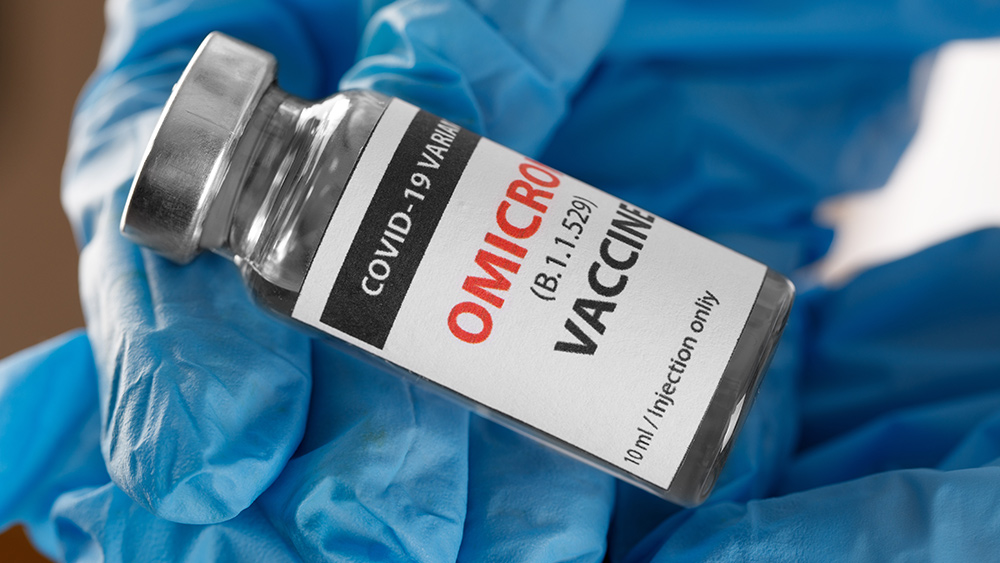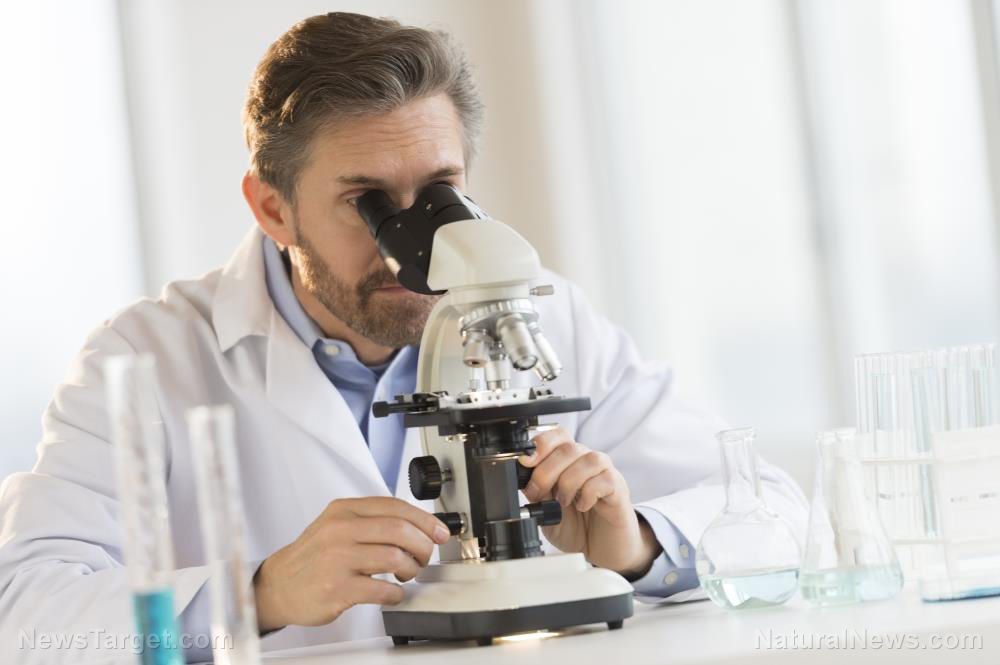Study: Mars was once habitable; atmosphere likely formed through the same process as Earth’s
03/02/2021 / By Virgilio Marin

A tantalizing new study published in the journal Nature Astronomy suggests that Mars might have been habitable before. Researchers from Hong Kong and China found that the Martian atmosphere might have evolved in the same way the Earth’s atmosphere did – it was once filled with toxic gases that warmed the planet, then a great oxidation event that was potentially fueled by photosynthetic organisms deposited oxygen into it.
Studying the Martian atmosphere
Earth went through a process called the “Great Oxidation Event” (GOE) two to three billions of years ago. The GOE gradually deposited enormous amounts of oxygen into the atmosphere, leading to the emergence of complex life forms.
Scientists agree that photosynthetic cyanobacteria were responsible for the GOE. These microorganisms existed millions of years before the event and managed to thrive despite Earth’s then “reduced” atmosphere, which was made up mostly of reduced gases like methane, ammonia and hydrogen sulfide. While humans would suffocate breathing these gases, cyanobacteria would be able to subsist on sulfides.
“On Earth, oxidation happened because of the evolution of oxygenic photosynthesis,” said Joseph Michalski, a professor of planetary science at the University of Hong Kong (HKU) and one of the study researchers.
Because of the GOE, Earth now has an oxidizing atmosphere that causes exposed rocks and compounds to rust. Mars also has an oxidizing atmosphere, which is the reason why the planet looks ruddy. But past studies showed little evidence that Mars was reduced before becoming oxidized.
Now, Michalski and his team suggest that the Martian atmosphere was likely reduced eons ago. They arrived at this conclusion after studying ancient rocks on the planet’s surface through remote sensing and examining data collected here on Earth. Their analysis showed that ancient Martian rocks exposed at the surface had been weathered under reducing conditions.
Mars might have been habitable before
Mars is currently too cold and dry to be habitable, but a greenhouse effect could have warmed the planet billions of years ago and spurred the birth of simple life forms.
“The results are significant because they demonstrate the viability of reduced gases such as methane or hydrogen for forming short-term, strong greenhouses on Mars,” Michalski said.
The team’s findings dovetail with past studies suggesting that while a greenhouse effect likely took place, it must have been caused by gases other than carbon dioxide. “We have known for years that carbon dioxide is unlikely to explain greenhouse warming on Mars. This work helps solve that mystery,” Michalski said.
However, it remains unclear how oxygen got deposited into the Martian atmosphere. Non-biological processes may responsible for this oxygenation, but the team’s findings do raise the prospect that Mars went through a great oxidation event billions of years ago. Like Earth’s GOE, this might have transformed the Martian atmosphere into what it is today. (Related: Water vapor detected on Mars can help answer whether the Red Planet was once habitable.)
Ryan McKenzie, an assistant professor of planetary science at HKU, who was not part of the study, said that the team’s findings will significantly impact our current understanding of the early evolution of rocky planets.
“While there are certainly differences in the local conditions [that] Mars and Earth have been subjected to during their evolutionary histories, my mind can’t help but start thinking about what Jiancheng’s results may mean for a potential early Martian biosphere,” McKenzie said, referring to lead researcher Jiancheng Liu, who authored another paper used in the present study.
He reiterated that the transition of Earth’s atmosphere from a reducing to an oxidizing one was only possible due to the existence of life. Oxygen, according to McKenzie, is a waste product of processes such as photosynthesis. Without microorganisms that produce oxygen, it would not have accumulated in Earth’s atmosphere and humans would not have lived.
The study came shortly after the National Aeronautics and Space Administration‘s Perseverance rover successfully landed on Mars. One of the rover’s objectives is to collect soil samples in search of traces of alien life. According to Michalski, the mineral assemblages in those soil samples could put their findings to the test.
Read more fascinating studies about Mars at Space.news.
Sources include:
Tagged Under: alien life, atmosphere, breakthrough, cyanobacteria, discovery, Great Oxidation Event, greenhouse effect, habitable planets, Life on Mars, Mars, Martian life, research, Space
RECENT NEWS & ARTICLES
COPYRIGHT © 2017 DISCOVERIES NEWS





















